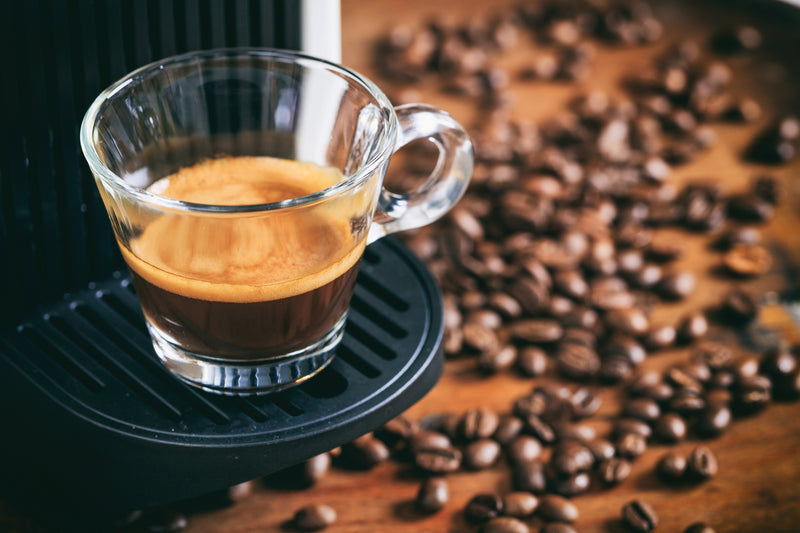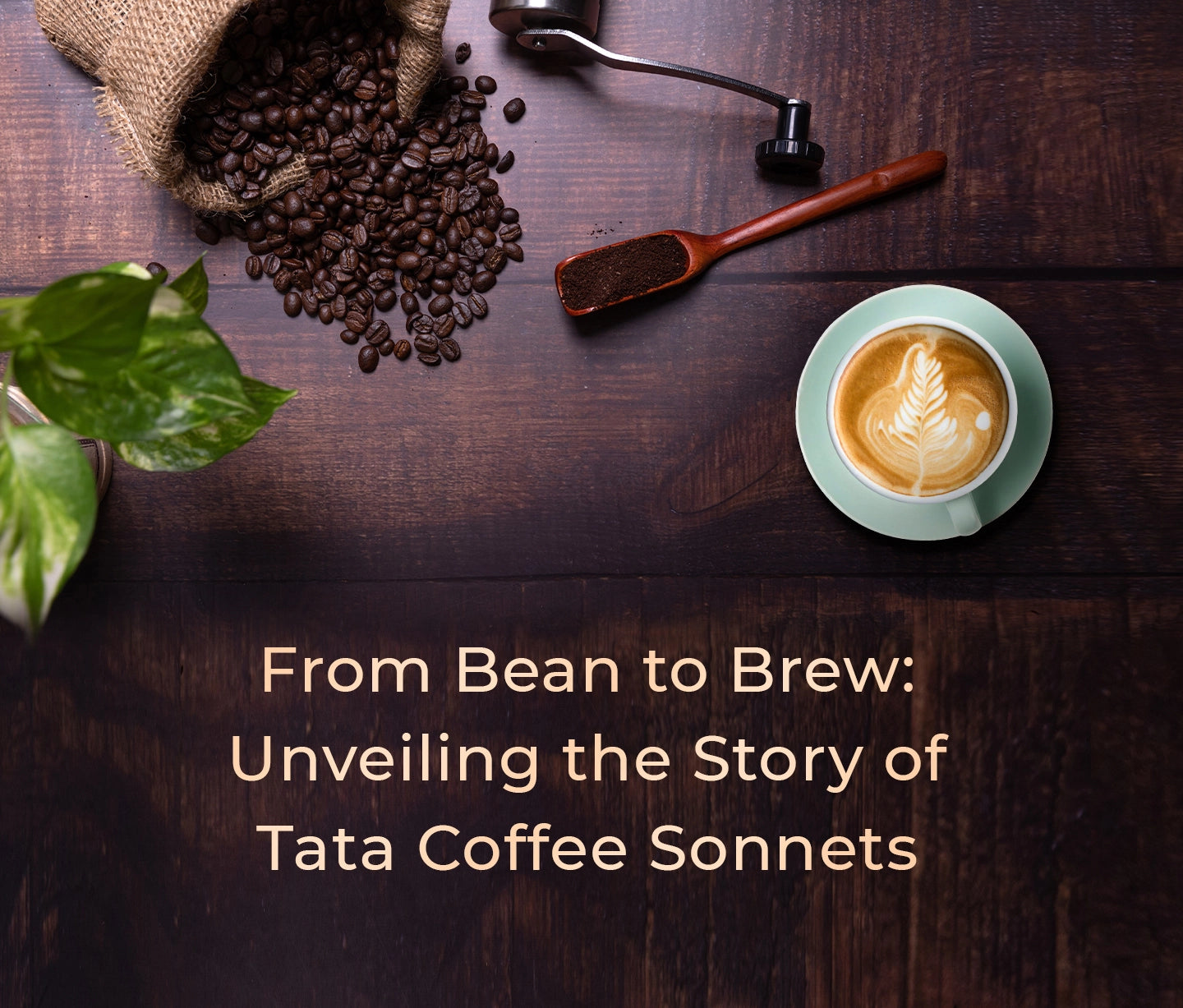Espresso beans and coffee beans are the same beans, just roasted differently. Espresso beans are typically roasted longer, resulting in a darker, more oily appearance.
Espresso is renowned for its bold, rich flavor and is the foundation of many coffee shop favorites like lattes, cappuccinos, and macchiatos. The key difference lies in the roasting process; espresso beans are often roasted to a darker level than regular coffee beans.
This dark roast gives espresso its distinctive intense taste and thicker consistency when brewed. Many coffee enthusiasts opt for specific bean varieties and roasting profiles to extract the perfect espresso shot. The roast directly influences the bean’s flavor profile, affecting acidity, sweetness, and body. Choosing the right bean for your espresso or coffee can transform your brewing experience, tailoring it to personal preference for a satisfying cup every time.
The Essence Of Beans
Understanding the difference between espresso beans and coffee beans begins with their origin. Both types start as seeds of coffee plants. Yet, the journey from the soil to your cup brings out unique qualities. Espresso beans are often roasted longer, creating a darker, richer flavor suited for espresso brewing. On the other hand, coffee beans vary in roasting times and methods, affecting their taste and acidity levels.
| Espresso Beans | Coffee Beans |
|---|---|
| Richer and more intense flavor | Flavor varies widely |
| Usually a darker roast | Light to dark roast range |
| Perfect for espresso machines | Suitable for various brewing methods |
| Finely ground for brewing | Ground size varies with brewing method |
Cultivation And Processing
Farming methods greatly impact coffee quality. Farmers pick ripe cherries for the best espresso beans. Unripe cherries harm the flavor. Next, cherries turn into beans. They dry in the sun or machines help this. Drying is key. Proper drying stops mold. Mold ruins the coffee taste.
Once dry, a machine removes the skins. Now we see the green coffee bean. These beans get shipped to roasters around the world. Roasting turns green beans into brown. Brown beans are full of flavor. Roasting styles differ. Light or dark roasts make unique tastes. This is vital for good espresso beans.
Roasting Profiles Explored
Espresso beans and coffee beans have distinct roasting differences. Roasting level greatly influences both flavor and aroma. A dark roast offers a bold, robust taste. This roast produces beans that are shiny with oil. They often taste bitter, providing that classic espresso experience. In contrast, light roast beans stay matte and dry. They retain more of the original bean’s flavor, including fruity or floral notes.
This roasting process shapes the coffee’s body, acidity, and overall profile. Dark roasted beans are less acidic but have a heavier body. Light roasts excel in preserving the bean’s acidity, offering a crisper cup.

Grinding For Perfection
Espresso beans and coffee beans differ in their grinding requirements. A fine grind works best for espresso. This creates a slow water flow and intense flavor extraction. Contrastingly, coffee demands a coarser grind. This ensures a faster brew and a balanced flavor.
Espresso machines need a fine, uniform consistency, resembling sugar or salt. Drip brewers, on the other hand, work well with medium to coarse grounds.
| Brew Method | Ideal Grind Size |
|---|---|
| Espresso | Very Fine |
| Drip Coffee | Medium to Coarse |
Brewing Techniques Compared
Espresso beans and traditional coffee beans may seem similar. Yet, their brewing techniques differ greatly. Espresso uses high pressure to push water through the grounds. This method extracts bold flavors in a short time. Coffee brewing relies less on pressure. It uses longer contact time and varying temperatures. Precision is key in espresso. It requires an exact temperature and time. Coffee brewing is more flexible. It allows for experimentation with time and temperature.
Taste And Sensory Experience
Espresso beans and coffee beans bring unique taste profiles to your cup. Espresso beans typically provide a richer and bolder taste, mainly when used to make espresso shots. The acidity in espresso can be sharper, giving a distinct zing that awakens the palate.
The body of an espresso shot is usually heavier and more intense than regular coffee. This creates a creamier texture in the mouth. Espresso’s aftertaste often lingers longer, carrying a robust and satisfying finish. Crema, the golden foam on top of an espresso, adds smoothness and sweet aromatics. It elevates the sensory experience and is exclusive to a well-extracted espresso.
Best Beans For Your Brew
Selecting the right beans for making espresso is key. Rich, dark roasted beans work best. These beans should have a fine grind. The grind releases flavor fast in an espresso machine.
Regular coffee beans vary more in roast. You can choose light, medium, or dark. For regular coffee, grind size isn’t as critical as for espresso. But, the right bean will make your coffee taste perfect.

Home Brewing Vs Barista Craft
Weaving the art of a barista into home brewing elevates your coffee experience. Understanding the beans is the first step. Espresso beans are roasted longer, creating a bold, rich flavor. On the other hand, regular coffee beans may offer a wider variety of roasts.
Use fresh, whole beans and grind them just before brewing. This locks in flavor and aroma. Invest in a good grinder to ensure consistent particle size. Your coffee will taste better. Water quality matters – use filtered water for clean-tasting coffee.
Temperature and timing are key. Espresso requires hot water at 9-10 bars of pressure. Coffee can be more forgiving. Yet, precise brewing methods like French Press or Aeropress also demand attention to detail. Learning from baristas can sharpen these skills.
Pairing With Food And Moments
Pairing espresso or coffee with the right food enhances the experience. Espresso beans yield bold, intense flavors. They complement dark chocolate and sweet pastries.
Coffee beans offer a range of tastes. They suit breakfast foods like bagels or eggs. For special moments, serve espresso after a fine dinner. A quiet morning calls for a coffee cup and a good book. Classic coffee moments include catch-ups with friends or a post-lunch break.
- Biscotti – A perfect espresso companion.
- Fruit tarts – Sweet and light for a coffee pairing.
- Cheese – A surprise match for bold espresso.

Sustainability And Ethical Considerations
Choosing the right beans impacts more than just taste. Fair Trade certification supports fair pay for farmers. This makes a big difference in their lives. Organic coffee grows without harmful chemicals. This is better for our planet.
The future of coffee depends on sustainability. With climate change, growing coffee becomes harder. Farmers need help to adapt. We can choose beans that help them. By doing this, we support a better future for coffee.
Frequently Asked Questions For Espresso Beans Vs Coffee Beans
What’s The Difference Between Espresso And Coffee Beans?
Espresso beans and coffee beans come from the same plant but differ in roast and grind. Espresso beans are typically roasted longer, creating a darker, oilier appearance, and are ground finer to achieve a concentrated flavor suitable for espresso.
Are Espresso Beans Stronger Than Coffee Beans?
In terms of flavor, espresso beans are stronger because they are roasted longer and ground finer for a rich, bold taste. However, the caffeine content in espresso and coffee beans themselves is relatively similar before brewing.
Can I Use Espresso Beans For Regular Coffee?
Yes, you can use espresso beans to make regular coffee. The main difference will be in the flavor profile, which will likely be more intense and fuller-bodied compared to using beans roasted specifically for regular coffee.
What Roast Are Espresso Beans?
Espresso beans are generally roasted to a medium-dark to a dark level. This dark roast brings out a stronger flavor and reduces acidity, ideal for the high-pressure brewing of espresso.
Conclusion
Navigating the nuanced differences between espresso and coffee beans simplifies with knowledge. Embrace personal taste and explore diverse roasts and origins. The perfect cup awaits your discovery. It’s not just about caffeine but a journey of flavors that elevates every sip.
To the last drop, let your palette be the guide.

